Typically, cruise holidays conjure images of exotic islands, white sandy beaches, and fun adventures at sea. However, not every port of call can guarantee a postcard-perfect experience.
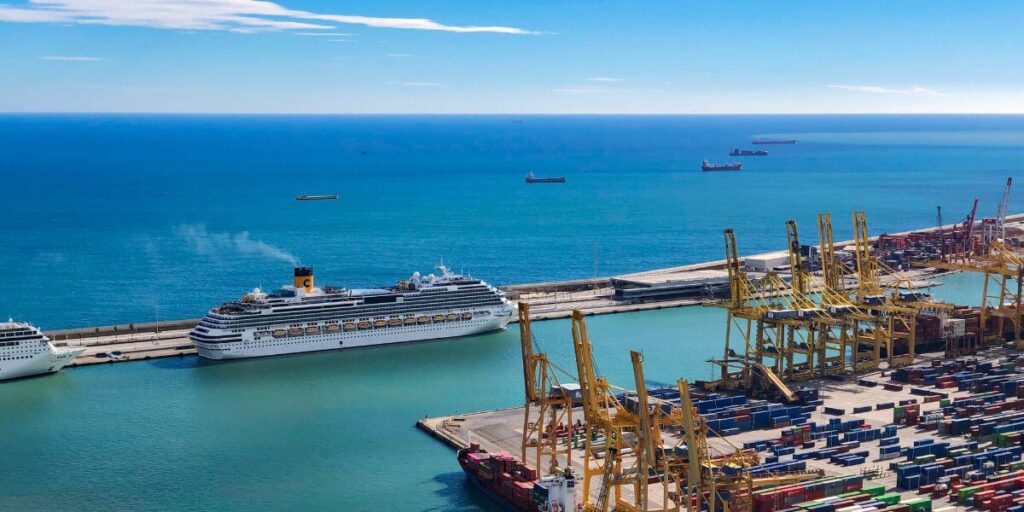
In this article, I’m taking an honest look at the lesser-known side of cruising: the ports that, according to online reviews, don’t quite hit the mark.
From bustling industrial hubs with little charm to picturesque destinations marred by safety concerns, this list of the worst ports for cruise ship tourists is a must-read for anyone planning a cruise.
How I gathered the data
To come up with this list, I analysed reviews from Cruiseline.com, where you’ll find hundreds of thousands of reviews, covering over 1,400 ports. The website doesn’t list the best and worst cruise ports, so I painstakingly sorted through the reviews, and collated people’s opinions about what made the worst ones so bad.
1. Prince Rupert, Canada
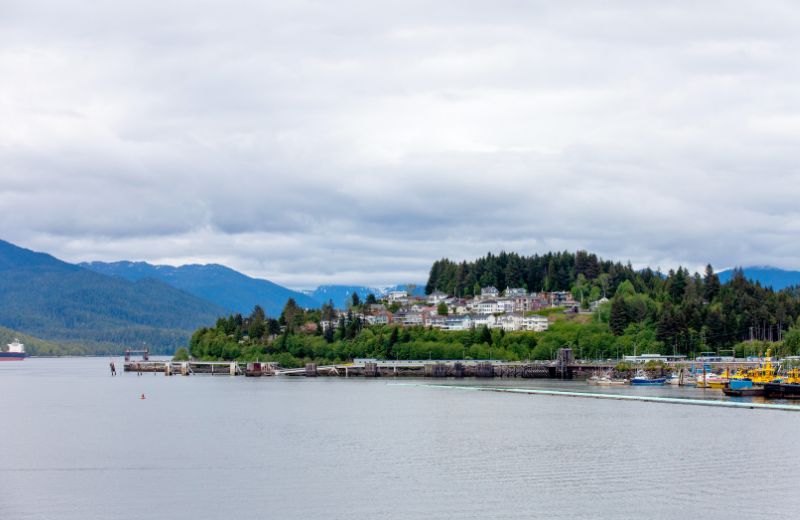
Prince Rupert in British Columbia is a port that you’ll often see on Alaskan cruise itineraries. But according to this collation of online reviews, it’s the world’s worst cruise port.
Visitors describe the downtown area as ‘lacklustre’, with only a handful of shops that barely pique interest. The highlight of the town for many was a visit to familiar chain stores like Safeway and Seven-Eleven.
The stark description of the downtown as “skidrowish” paints a rather uninviting picture, while the lack of fun activities and the early closure of stores add to the frustration of visitors.
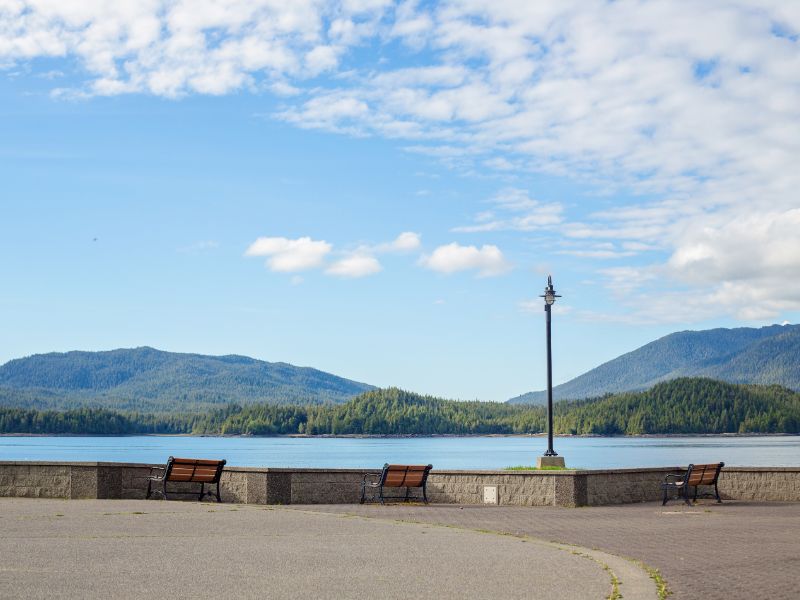
When it comes to excursions, the main activity available seems to be the Prince Rupert City Highlights and Museum excursion. However, this too has been a source of disappointment. Described as a brief drive around the town with a visit to the local museum, the excursion falls short in duration and substance, often wrapping up in less than the advertised two hours.
An interesting point raised by several travellers is the speculation that Prince Rupert is a ‘filler port’ or a stop included mainly for regulatory reasons, rather than for its tourist appeal.
One of the primary reasons cruise ships include Prince Rupert in their itinerary is due to regulations known as “cabotage laws.” In the United States, the Jones Act and the Passenger Vessel Services Act restrict the transportation of passengers between two U.S. ports to U.S.-flagged ships.
Since most cruise ships are registered in other countries, they must include a stop at a foreign port when travelling between U.S. ports. Prince Rupert, a Canadian port that’s close to the Alaskan and Pacific Northwest cruise routes, serves as a convenient foreign port for compliance with these regulations.
It’s also a logistical stop for refuelling, restocking supplies and changing crew. But sadly, not one that tourists are excited to visit.
2. Samana, Dominican Republic
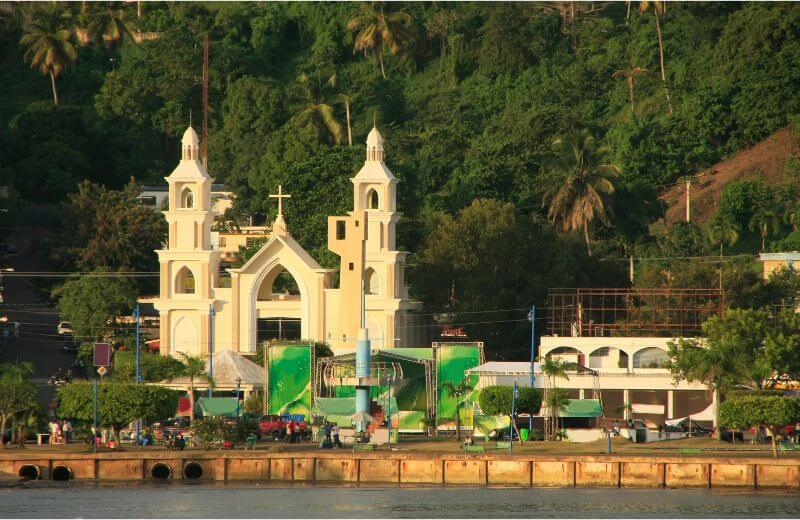
Samaná is a small, rural town in the Dominican Republic. You may see it on Caribbean itineraries by Costa Cruises, Holland America Line and MSC Cruises’ luxury brand, Explora Journeys.
However, according to online reviews, it’s clear that this stop is not hitting the mark for tourists looking for an enjoyable and engaging experience.
A recurring theme in the reviews is a sense of unease regarding safety. Many visitors report feeling uncomfortable and even unsafe during their time in Samaná. This sentiment is exacerbated when travelling with children, as noted by a family who felt the need to return to the ship early due to the aggressive behaviour of local kids.
The port is frequently described as lacking in meaningful activities or attractions. Visitors who expected a vibrant, tourist-friendly environment were met with a stark reality of broken roads, poor infrastructure, and limited options for exploration. The phrase “crappy place” bluntly encapsulates the overall disappointment shared by many.
While some tourists found solace in purchasing local art, the overall market experience is marred by aggressive selling tactics. Disturbingly, there are numerous accounts of children begging and pestering tourists, reflecting the deeper socioeconomic challenges faced by the local community.
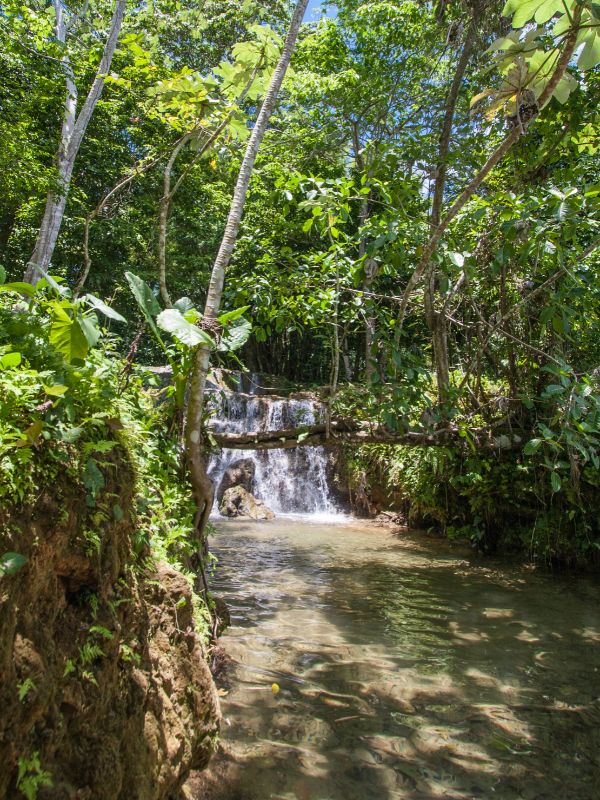
For those who ventured on excursions, the feedback is mixed at best. The widely touted hiking excursion to a waterfall, plagued by unpleasant conditions and a lack of scenic payoff, stands as a particularly disappointing example.
3. Santa Marta, Colombia
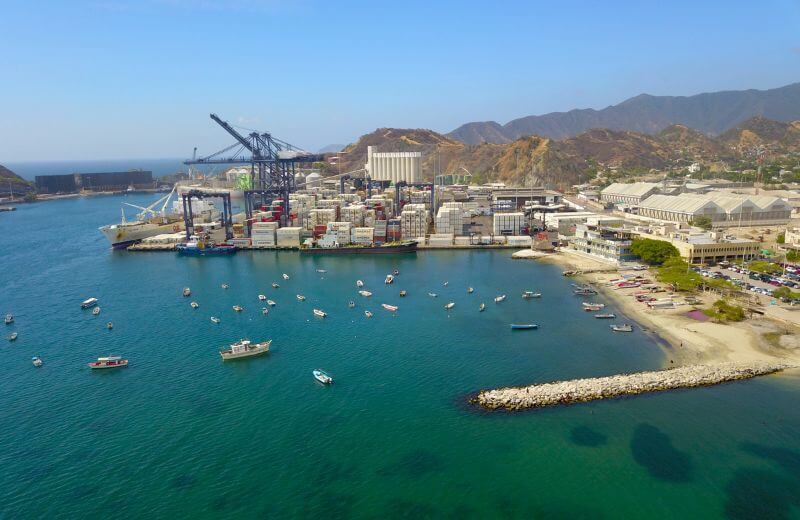
Santa Marta is a Colombian cruise port that’s most often visited by small, luxury cruise ships from the likes of Windstar Cruises, Explora Journeys, Silversea and Seabourn.
The port is advertised as a ‘gateway to the Tayrona National Natural Park. So if this port is featured on your cruise itinerary, then it would be wise to book an excursion, because Santa Marta itself isn’t very nice.
In fact, the words that cruisers use most often to describe Santa Marta are “ugly” and “dirty”.
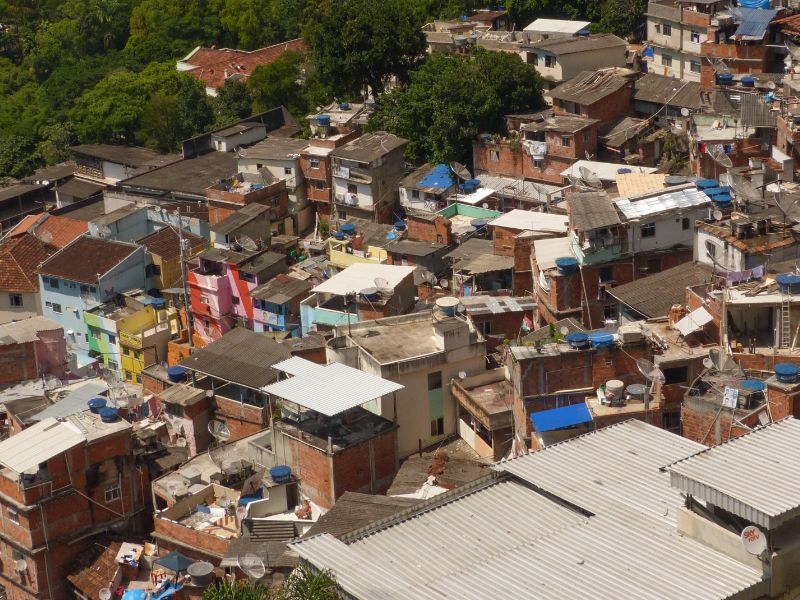
The port of Santa Marta is primarily a shipping port, so it’s not specifically designed for cruise ships. This industrial setting, complete with views of coal piles and limited pedestrian areas, is a far cry from the picturesque stops many anticipate in a Caribbean cruise.
Safety is a recurring concern among travellers. This sense of discomfort is compounded by experiences of aggressive street vendors, making it challenging for visitors to relax and enjoy their time ashore. While there’s an understanding of the economic hardships faced by the locals, this doesn’t mitigate the distress felt by tourists who are constantly approached.
The lack of interesting activities, combined with the intense heat, aggressive vendors, and a generally unwelcoming environment, leads many to advise staying on the ship, or jumping straight on the coach for an excursion, rather than exploring the port.
4. Sihanoukville, Cambodia
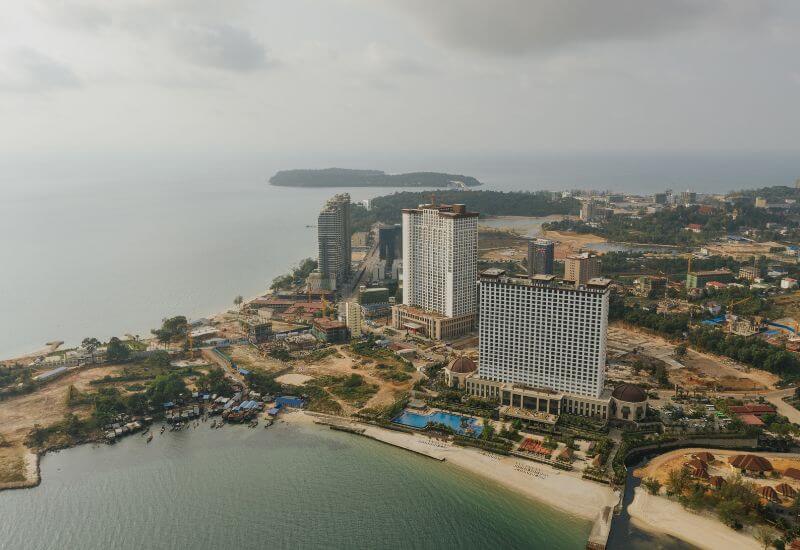
Cruises to Southeast Asia often call at stunningly beautiful ports. But sadly, Cambodia’s Sihanoukville, which is frequented by luxury cruise lines like Seabourn, Oceania Cruises, Regent Seven Seas Cruises and Azamara, isn’t one of them.
The most glaring issue reported by cruisers who have visited Sihanoukville is its rampant and unappealing urban development. Cruisers describe the port as overrun with construction sites, which dominate the landscape and detract significantly from any potential charm the city might have.
This construction boom, which seems to be primarily driven by Chinese casinos, has transformed what was once a quaint fishing village into a chaotic urban sprawl.
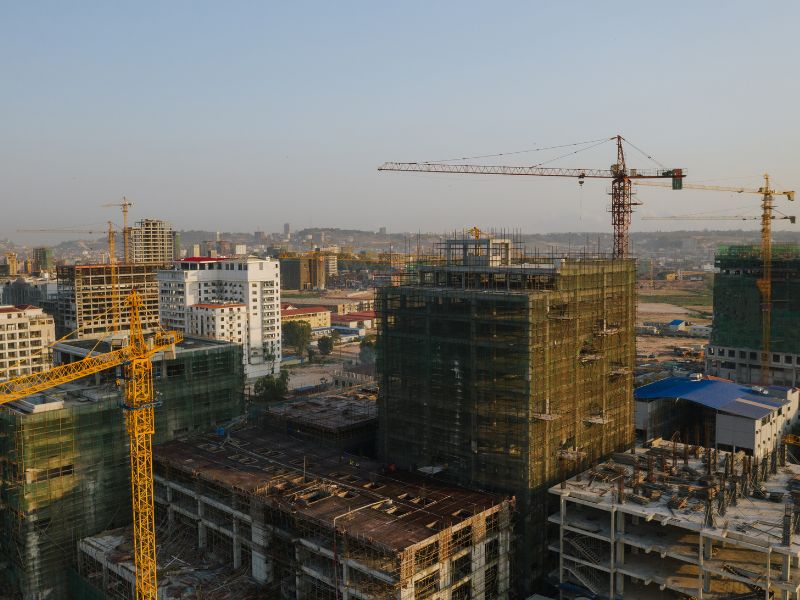
Environmental issues are equally pressing, with reports of extensive pollution, including plastic waste and sewage problems. The description of the beach area is particularly disheartening, with garbage, a smell of urine, and raw sewage reported in the ocean.
The aggressive nature of taxi drivers, tuk-tuk drivers and tour guides, who are described as relentless in their pursuit of tourists, causes many cruisers to feel uncomfortable.
A significant point of contention for many visitors is the visa requirement. Regardless of whether passengers choose to disembark or stay on the ship, obtaining a Cambodian visa is mandatory, which adds an unwelcome expense, particularly given the dissatisfaction with the port. The high cost of the visa, combined with additional charges for shuttle services, is seen as unjustifiable given the overall poor experience.
The consensus among cruise travellers is clear: Sihanoukville, in its current state, does not offer a pleasant or worthwhile experience for cruise ship passengers.
5. Santos, Brazil
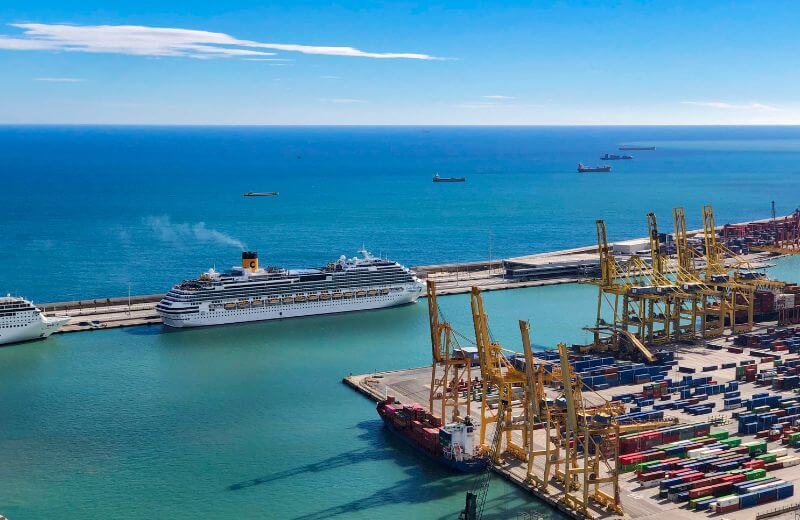
Santos is the leading port of Brazil and the gateway to the metropolis of Sao Paulo. And if your cruise ship calls here, as over 100 do each year, then be sure to head straight to Sao Paulo, because the city of Santos itself is not worth spending your time.
Unfortunately, one of the primary issues highlighted by visitors is the logistical challenge of arriving at Santos. The port, being predominantly industrial, requires passengers to take a shuttle to the terminal and then another bus to reach the city. This process is described as confusing and time-consuming, with a significant portion of the visit spent in busy traffic.

Safety is a notable concern among travellers who did choose to explore the locale, with Santos being described as dangerous and unattractive.
The primary destination offered by the cruise line – a trip to a local mall – is regarded as uneventful and unrepresentative of the rich cultural experiences expected in Brazil.
Excursions to places other than Sao Paulo, both independently booked and through cruise lines, have garnered negative feedback. These tours often travel through rundown areas, failing to showcase the more appealing aspects of the region. The general sentiment is that these excursions provide little value, with even the more affordable options being considered a waste of money.
6. Brest, France
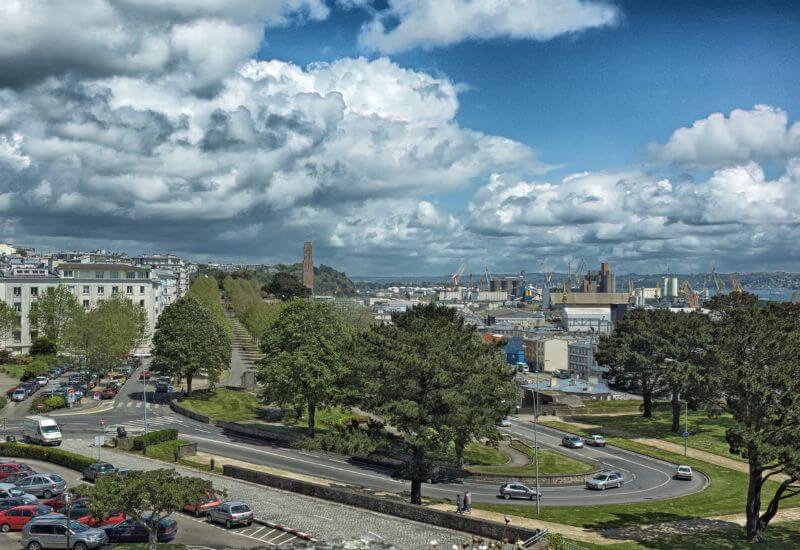
In the picturesque country of France, Brest stands out as a port of call that has been receiving less than favourable reviews from cruise passengers. This port, despite being in a country renowned for its charm and hospitality, seems to fall short of providing a memorable or enjoyable experience for visitors.
A common thread in the reviews is the apparent lack of attractions in Brest. Visitors describe the area as having “nothing there”. This lack of appeal is exacerbated when the few available options, such as excursions, are not readily accessible or when local holidays lead to closures, further limiting what guests can explore.
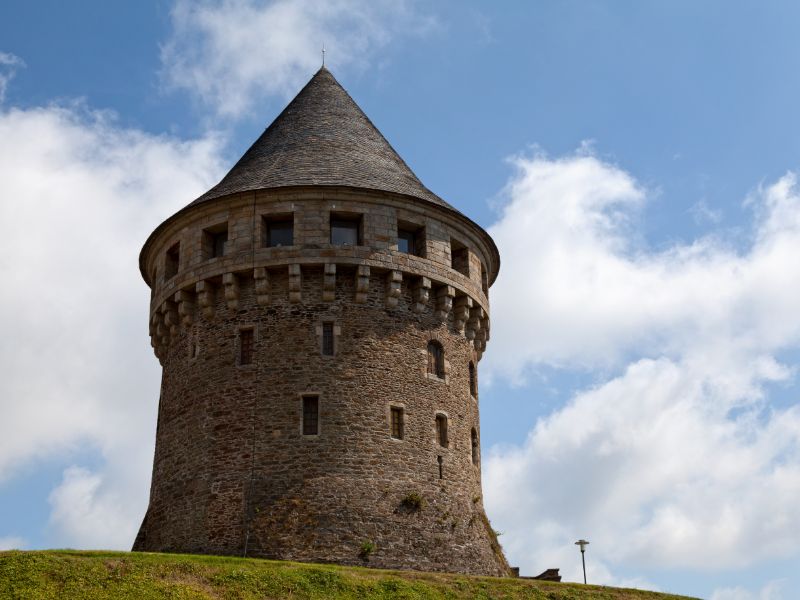
Transportation issues seem to plague the experience in Brest. The cancellation of free shuttle buses and the location of bus drop-offs far from the city centre contribute to the difficulty in exploring the area.
The attitude of the local people is also a point of contention, with reviews noting a lack of friendliness. This perception, whether due to cultural differences or specific incidents, negatively impacts the overall experience of visitors who expect a warm and welcoming atmosphere.
The working nature of the port is also highlighted, which may contribute to its lack of tourist-friendly amenities and atmosphere. Unlike ports specifically designed to cater to cruise ships, Brest appears to be more utilitarian, focusing on industrial and shipping activities.
7. Agadir, Morocco
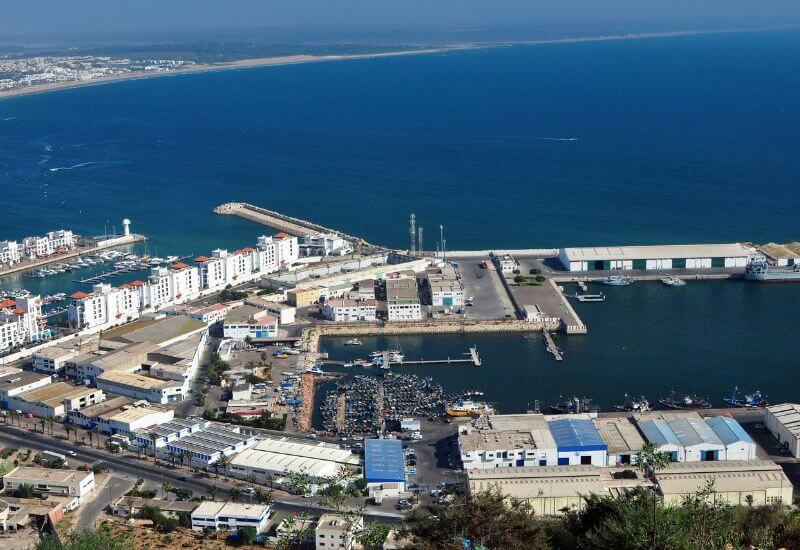
Agadir, a port of call in Morocco for many cruise ships, appears to be facing significant challenges in providing a satisfying experience for its visitors. Based on a variety of reviews from cruise passengers, it’s evident that this destination is falling short in several key areas.
One of the primary complaints about Agadir is the transportation logistics. The port, being industrial in nature, is not conveniently located for tourists looking to explore the city. The options available, such as shuttle buses and taxis, are described as expensive and farcical. The recommendation to hire a taxi for the day, while more economical, still presents challenges in terms of haggling and price negotiation.

Safety is a notable concern for visitors to Agadir. The walk from the port to the town is advised against for safety reasons, and the overall impression of the city is that it is dirty and unwelcoming. This sentiment is echoed in reports of dishonesty among locals and aggressive vendor behaviour.
The souk, a traditional market, is a highlight for some visitors, offering a glimpse into local culture and commerce. However, its closure on Mondays and the reported dishonest practices of some vendors have left many tourists feeling exploited and dissatisfied.
Agadir is often compared unfavourably to other Moroccan cities like Casablanca. It’s described as less cosmopolitan and more impoverished, with more prevalent begging, particularly from children.
8. Salvador De Bahia, Brazil
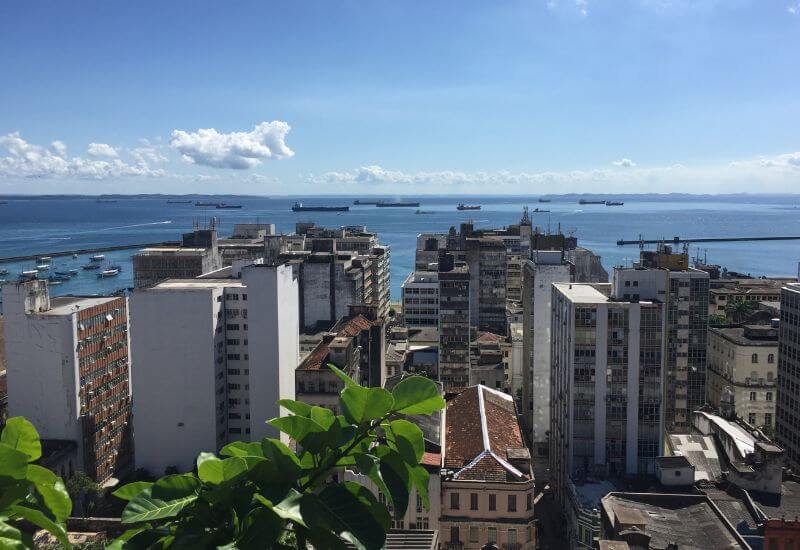
Salvador is the capital city of the state of Bahia in Brazil. It’s often visited by MSC Cruises and Costa Cruises ships on South American itineraries. But sadly, reviews from various travellers paint a picture of a destination that struggles with cleanliness, safety, and overall appeal.
Cruisers describe the city as filthy, with trash piling up on the streets and graffiti covering many surfaces. The visual of dilapidated, mouldy homes adds to the sense of neglect and decay. This environment, which contrasts sharply with the colourful and lively image often associated with Brazil, significantly diminishes the experience for visitors.

Safety is a major concern for cruisers visiting Salvador. Many recount feeling uncomfortable and unsafe, with warnings of petty crimes like pickpocketing being a common occurrence. The presence of beggars on every corner and aggressive behaviour from locals, especially near market areas, further exacerbate these concerns.
Several tourists report encounters with locals that are far from the warm and welcoming demeanour expected in tourist destinations. Instances of being aggressively solicited for money, particularly by street bands, leave visitors feeling threatened rather than entertained. This aggressive approach to tourists is a recurrent theme in the reviews.
Even organized excursions fail to redeem the reputation of Salvador De Bahia. Descriptions of the areas visited during these tours align with the overall negative sentiment, with words like “very dirty” and “mostly slums” being used to describe the locales.
The issue of homelessness and the general state of disrepair in the city are also notable. The sight of many homeless people and rundown areas paints a picture of a city that is struggling socioeconomically, which can be unsettling and distressing for visitors.
9. Alotau, Papua New Guinea
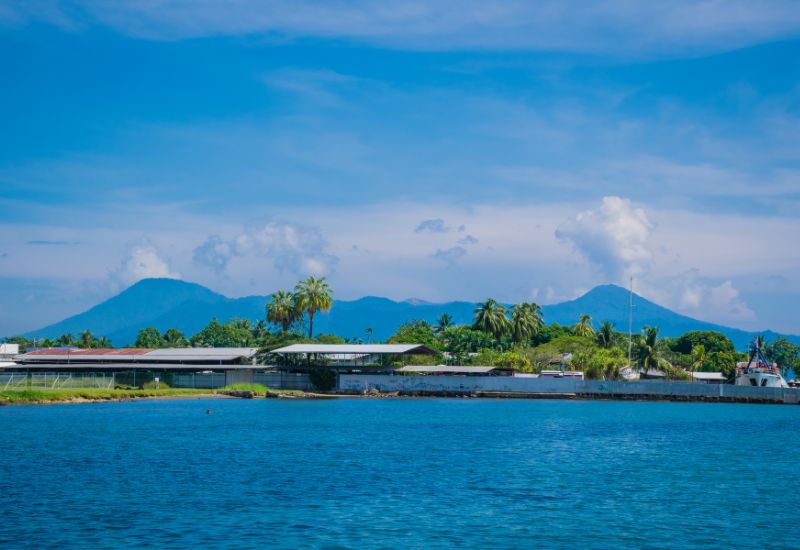
When you think of Papua New Guinea, you’ll probably imagine breathtaking scenery with volcanic mountains, dense rainforests and pristine beaches. But unfortunately, that’s not what cruise passengers often experience when their ship calls at the small port of Alotau.
A recurrent theme in the reviews is the environmental condition of Alotau, particularly the garbage-strewn streets. This lack of cleanliness, coupled with the hot and muggy climate, creates an uncomfortable experience for visitors.
The basic nature of the local markets and the underdeveloped infrastructure, characterised by large potholes and rough roads, further underscores the town’s challenges in catering to tourists who may be seeking a more luxurious experience.
On a positive note, many reviewers appreciate the cultural aspects of Alotau. The native village and cultural displays are highlighted as entertaining and informative. The friendliness of the local people is a recurring compliment, suggesting a warm and welcoming attitude towards visitors.
The variability in experiences is evident. While some found the town “very poor” and “dingy,” others appreciated the opportunity to engage with locals and learn about their way of life. The disparity in reviews indicates that Alotau offers a very subjective experience, heavily dependent on individual expectations and interests.
So with this one, I think the key is to not expect too much. Papua New Guinea is a developing country after all. So perhaps people should focus on the culture, rather than the potholes.
10. Santo Domingo, Dominican Republic
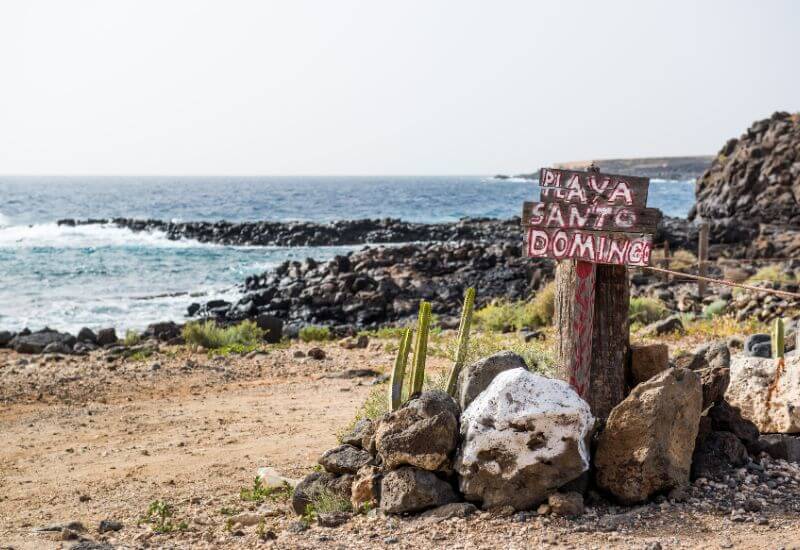
Santo Domingo isn’t a popular cruise port, both in terms of how many cruise ships call there, and what people think of it. But, it does feature on some Eastern Caribbean itineraries with Aida Cruises, Marella Cruises and Seabourn, amongst others.
Santo Domingo is the capital of the Dominican Republic – it’s a pretty big city with a population of over a million. However, a dominant concern among visitors to Santo Domingo is safety.

Numerous cruise passengers report being warned about the high risk of robbery and other crimes, especially when walking around without a tour group. The presence of armed guards in and around the port area, while perhaps intended for protection, seems to have contributed to an atmosphere of unease and fear rather than reassurance.
The state of cleanliness in Santo Domingo’s port area is another major issue highlighted by cruisers. Descriptions of the port as the “filthiest” they’ve seen, with trash floating in the water and dirty surroundings, paint a dismal picture. Such conditions not only detract from the aesthetic appeal of the port but also raise health concerns.
Many reviewers express disappointment in the lack of facilities and attractions within walking distance of the port. The absence of shops or points of interest near the cruise dock leaves visitors with little to do unless they venture further into the city or book an excursion.
Even those who opted for excursions describe experiences that fall short of expectations. Reports of unorganised trips, unimpressive beaches, and lengthy travel times to excursion destinations add to the overall dissatisfaction.
Amidst the negative reviews, there are occasional positive notes about specific attractions, like Los Tres Ojos, a natural limestone cave. However, these few highlights are overshadowed by the broader negative sentiment.
11. Manzanillo, Mexico
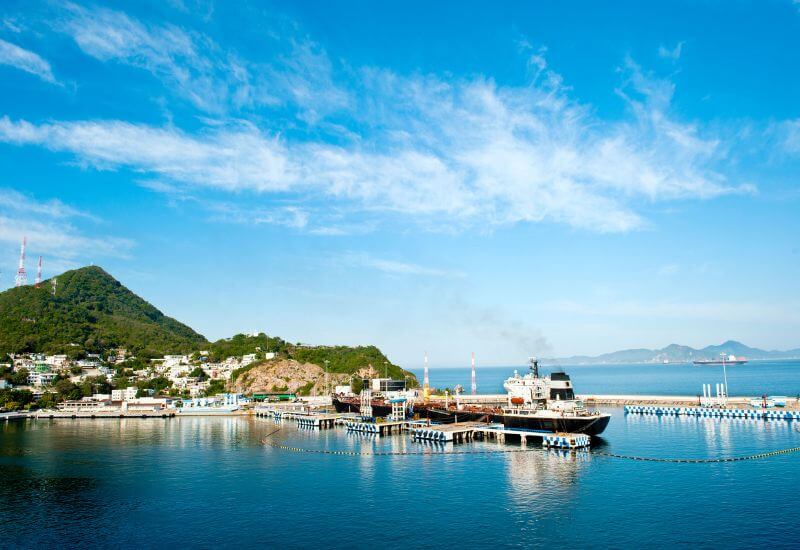
The port of Manzanillo in Mexico is a cruise destination with a huge collection of negative reviews from passengers. If you have a cruise that calls here, perhaps with Norwegian Cruise Line, Princess Cruises or Holland America, then I’d recommend booking an excursion to get away from the port area as quickly as possible.
There are very few attractions or activities in Manzanillo, particularly near the port area. The city is described as having little to offer tourists who choose to explore on their own. The absence of nearby beaches for swimming, and the requirement to take lengthy and pricey taxi rides to reach more appealing destinations, add to the sense of disappointment.

Manzanillo is primarily a shipping port, so it’s not the prettiest of the Mexican cruise ports. This industrial nature detracts from the traditional tourist experience, leaving visitors with an impression of an unattractive and noisy environment.
Safety concerns are mentioned in reviews, with references to guards with machine guns at the port. The lack of friendliness and helpfulness from locals also stands out as a negative aspect, contrasting sharply with experiences in other ports.
Even the excursions, which are often the saving grace of less appealing ports, receive criticism in Manzanillo. Complaints range from long bus rides, unimpressive destinations, and poor-quality lunch arrangements to issues with tour guides being annoying and inappropriate.
My recommendation
Sometimes, the best days on a cruise are when everyone gets off the ship and you stay on and have the place to yourself. You can have your pick of the best sunloungers, and starfish in the hot tub and never have to wait in line at the bar.
Remember, you don’t have to get off the ship in every port – you could instead treat yourself to an extra sea day, without the crowds.
If one of the ports on this list is on the itinerary for your next cruise, don’t worry. At least now you’re prepared and know what to expect. Take the time to research the best excursions and then decide what you want to do.
You can’t always walk off the ship and expect paradise right there. Some ports are industrial, some countries are very poor, and some locals are just fed up with all of the tourists taking over town each time a big ship arrives.
The key is to be prepared. Enjoy the best ports, and don’t let any less desirable ones ruin your cruise.
TODAY’S BEST CRUISE DEALS!
Don’t miss these offers…
Related posts:
- The 10 Best Cruise Ports in the World (According to the Experts)
- The 7 Worst Cruise Ports in the United States
- 5 Destinations Where You Should Stay on the Ship
- What To Do In The WORST Cruise Ports in Europe
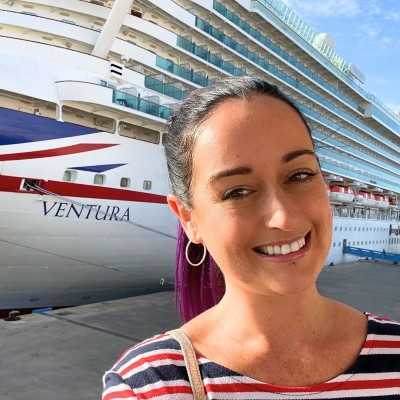
Jenni Fielding is the founder of Cruise Mummy. She has worked in the cruise industry since 2015 and has taken over 30 cruises. Now, she helps over 1 million people per month to plan their perfect cruise holidays.

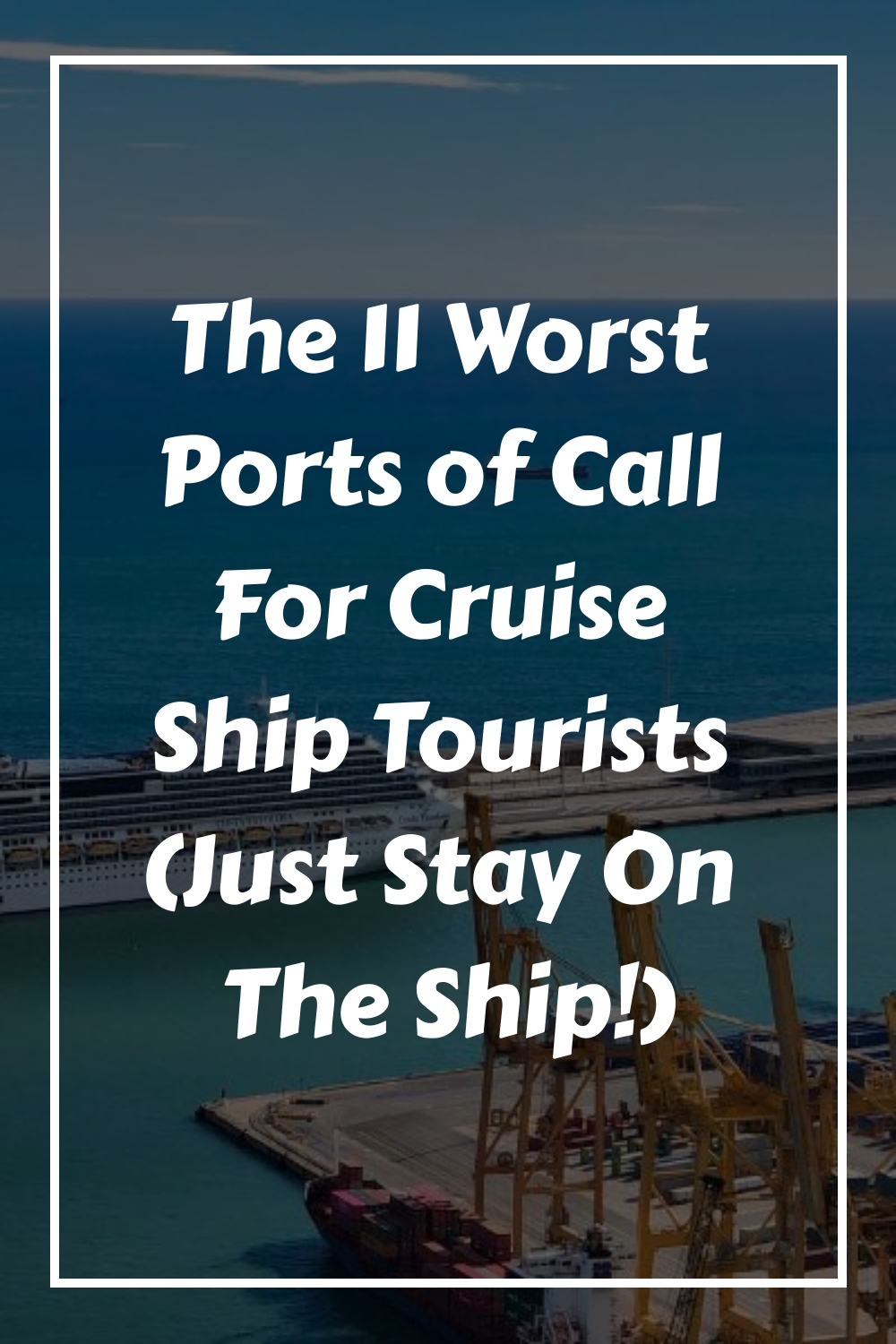

What a bunch of silliness. Of course ports that enable large ships are not attractive. Your view of travel is narrow. Salvador for instance is a very interesting place with a unique culture.
How could you not include Progreso, Mexico? Worst port of call ever. Ship docks several miles from town. Town is dangerous. Any excursions take several hour bus ride, just to get to your destination.
I’m surprised by your review of Salvador de Bahia, Brazil. I literally just got of my excursion and yes, there are parts of town that are definitely “down market” but in no way did I feel unsafe and saw almost no “homeless street people”. Everyone I interacted with was friendly and helpful.
People shouldn’t go to the developing world and expecting it to be like Switzerland.
I would add Motril of Spain. Boring, small, nothing special.